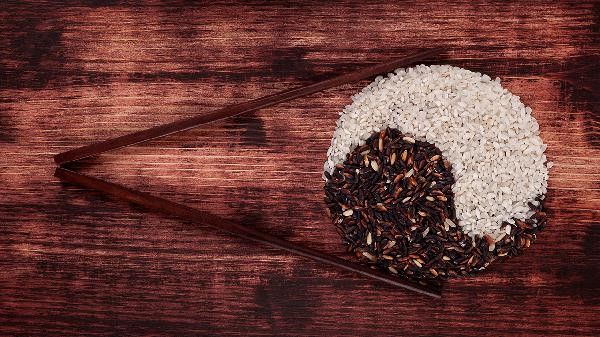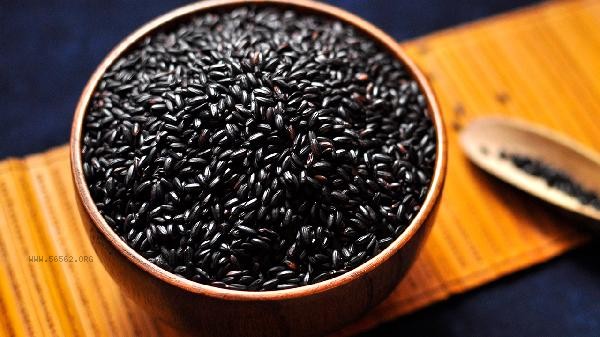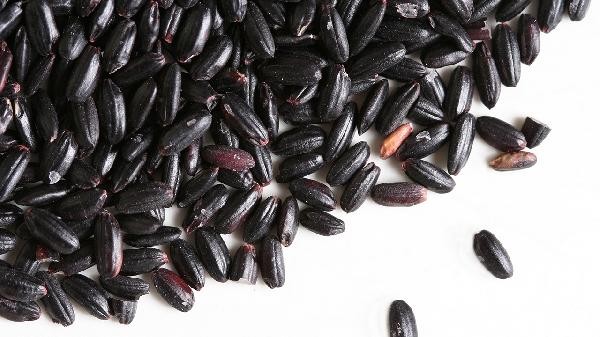Purple rice and black rice each have health benefits. Purple rice is more suitable for people who need antioxidants, while black rice is more helpful in controlling blood sugar. The nutritional value difference between the two types of rice is mainly reflected in the anthocyanin content, dietary fiber ratio, and trace element composition. Purple rice contains a high concentration of anthocyanins, a natural pigment with strong ability to scavenge free radicals and slow down cellular oxidative damage. Purple rice has a slightly higher protein content than regular rice and contains a certain amount of B vitamins. Its deep purple outer skin retains more mineral elements, especially iron and zinc, with higher absorption rates. Long term consumption can help improve microcirculation and have a certain effect on preventing cardiovascular diseases. The dark seed coat of black rice is rich in vitamin E and various polyphenolic substances, and its dietary fiber content is about 30% higher than that of purple rice. The resistant starch in black rice can delay glucose absorption, which is suitable for diabetes patients as a staple food choice. Black rice also contains unique plant sterols that can compete with cholesterol for absorption and assist in regulating blood lipid levels. Traditional Chinese medicine believes that black rice has the effect of nourishing the kidneys and blood, and is suitable for people with weak constitutions to consume.

It is recommended to pair both types of miscellaneous grains with polished white rice, soaking for more than two hours can improve nutrient utilization. People with weak gastrointestinal function should control their single intake and gradually adapt to a high fiber diet. People with special physical conditions can consult a nutritionist before consumption to adjust the consumption ratio and cooking method according to their personal health condition.










Comments (0)
Leave a Comment
No comments yet
Be the first to share your thoughts!